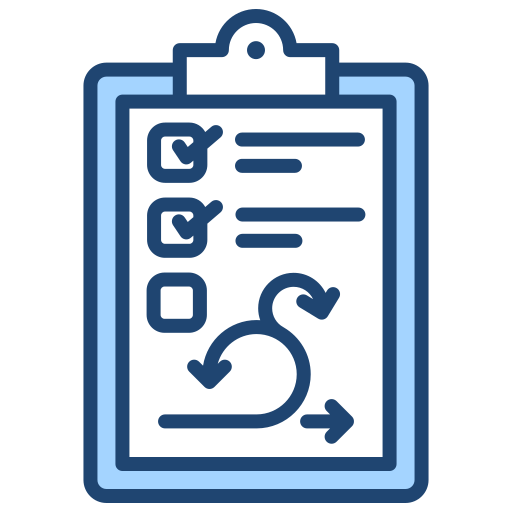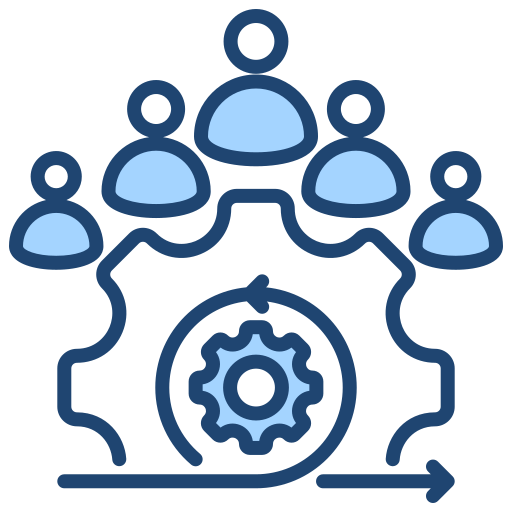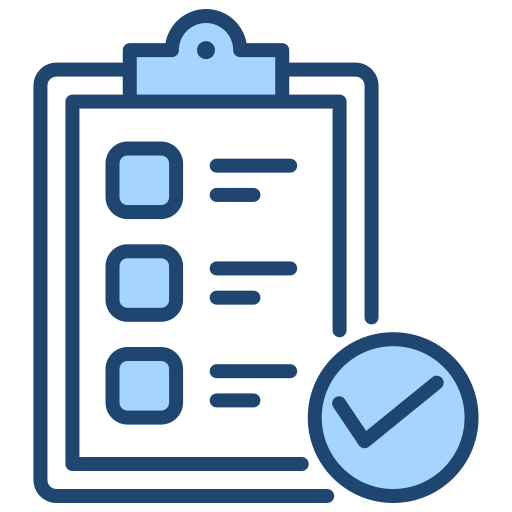Scrum Developer
The objective of this certification is to ensure that Scrum Team members know enough about Scrum to effectively contribute to a Scrum project.
Scrum Developer Certified (SDC)
Scrum Developer Certified (SDC®) is an entry level certification for Scrum Team members (developers) and those who interact with any Scrum Team. The objective of this certification is to ensure that Scrum Team members know enough about Scrum to effectively contribute to a Scrum project. The courseware and preparation tools required for the certification exam will be available online on SCRUMstudy.com. An online proctored exam will be conducted at the end of the course.
Scrum Developer Certification classroom/virtual trainings or E-learning course are also offered by SCRUMstudy™ approved Authorized Training Partners (A.T.P.s). All trainers are highly experienced and accredited by SCRUMstudy™. Course fee includes the certification exam fee. Participants will be awarded ‘Scrum Developer Certified’ certificate from SCRUMstudy™ on successfully passing the exam.

Course outcomes
At the end of the course you will be able to:
- Delegates will readily be able to recognize, define, and work with the concepts, advantages, and challenges of the Scrum Framework.
- Delegates will be prepared to work in a Scrum Team in their organizations and create deliverables as per the Scrum Framework. Furthermore, delegates will develop an understanding of the other roles in Scrum.
- Delegates will participate in role-plays, during which they carry out a Scrum project.
- Delegates will gain knowledge pertaining to, and the ability to anticipate issues related to the practical implementation of Scrum.
- Delegates will be armed with the proper tools to address, resolve, and take the lead on Scrum issues related to creation of deliverables.
- Delegates will be provided access to an online exam. After passing the exam, each delegate’s certificate will be mailed to him or her.

What you will learn
The aim of the SDC® course is to:
- Provide an understanding of the principles in the Scrum framework
- Provide a practical working knowledge of Scrum including roles, meetings, and artifacts.
- Prepare participants to be comfortable with understanding the basics of Scrum and how this method could be used effectively.
- Prepare participants to take SDC® exam upon completion of the course.
- At the end of this course the delegate will be prepared for the SDC® exam
Course outline
During this course the following topics will be reviewed:
- 1. Introduction
- 2. Scrum Roles
- 3. Business Justification
- 4. Quality
- 5. Change
- 6. Risk
- 7. Introduction to Scrum Project Phases
- 8. Initiate Phase
- 9. Plan and Estimate Phase
- 10. Implement Phase
- 11. Review and Retrospect Phase
- 12. Release Phase



Who will benefifit?
The following individuals will benefit from this course:
- Executives and Leaders, Managers, Directors, CIOs, and VPs
- Development, QA, and Infrastructure Management
- Program and Project Managers
- Product and Product Line Management
- Portfolio Managers, PMO, and Process Leads
- Enterprise, System, and Solution Architects

Prerequisites
- There is no formal prerequisite for this certification.
- However, it is preferable to complete the Scrum Fundamental Certified (SFC™) certification before applying for the Scrum Developer certification.
- It is also highly recommended to take free SFC™ training provided by a SCRUMstudy™ or SCRUMstudy™ approved Authorized Training Partner (A.T.P.)

Course methodology
- We promise a highly engaging course that ensures high retention of concepts and theories.
- Students are encouraged to work through the concepts rather than just listen to them—this provides better internalization and retention.
- Students work through a case study to simulate product development using the Scrum Framework.

Examination format
- Multiple choice
- 75 questions per exam
- No negative marks for wrong answers
- 90 minutes duration
- Proctored online exam
- Current pass rate: 95%


What is included
Class registration includes:
- High quality videos, study guides, chapter tests, and case study
- High quality hands-on training using role-plays and case-studies.
- Course fee includes certification exam fee.
- Complimentary copy of the SBOK® Guide.
Inscríbete ahora
Inscríbete en nuestro próximo curso de Scrum Developer Certified y descubre cómo puedes liderar la transformación en tu organización.

